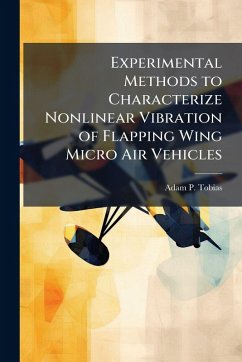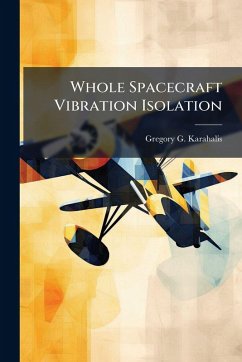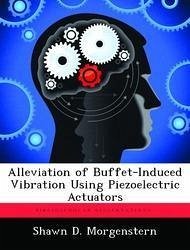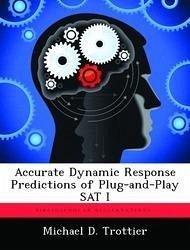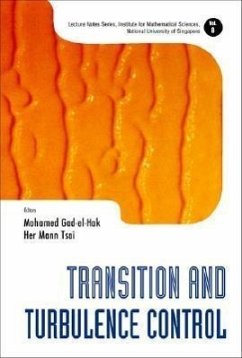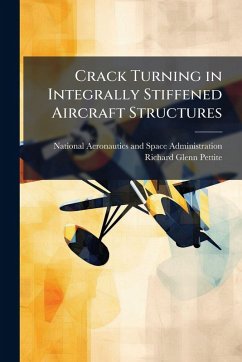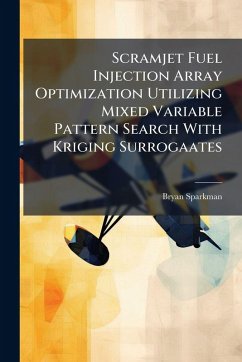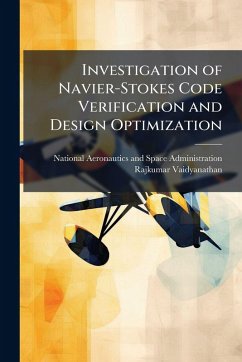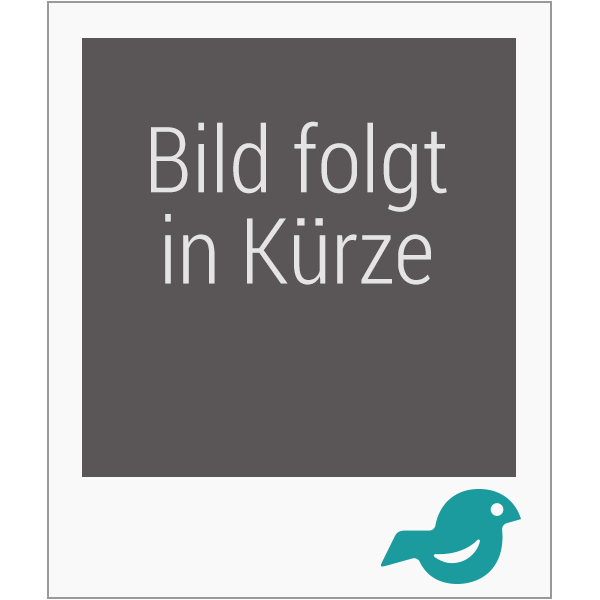
Integral Twist Actuation of Helicopter Rotor Blades for Vibration Reduction
Versandkostenfrei!
Versandfertig in über 4 Wochen
15,99 €
inkl. MwSt.
Weitere Ausgaben:

PAYBACK Punkte
8 °P sammeln!
Active integral twist control for vibration reduction of helicopter rotors during forward flight is investigated. The twist deformation is obtained using embedded anisotropic piezocomposite actuators. An analytical framework is developed to examine integrally-twisted blades and their aeroelastic response during different flight conditions: frequency domain analysis for hover, and time domain analysis for forward flight. Both stem from the same three-dimensional electroelastic beam formulation with geometrical-exactness, and axe coupled with a finite-state dynamic inflow aerodynamics model. A p...
Active integral twist control for vibration reduction of helicopter rotors during forward flight is investigated. The twist deformation is obtained using embedded anisotropic piezocomposite actuators. An analytical framework is developed to examine integrally-twisted blades and their aeroelastic response during different flight conditions: frequency domain analysis for hover, and time domain analysis for forward flight. Both stem from the same three-dimensional electroelastic beam formulation with geometrical-exactness, and axe coupled with a finite-state dynamic inflow aerodynamics model. A prototype Active Twist Rotor blade was designed with this framework using Active Fiber Composites as the actuator. The ATR prototype blade was successfully tested under non-rotating conditions. Hover testing was conducted to evaluate structural integrity and dynamic response. In both conditions, a very good correlation was obtained against the analysis. Finally, a four-bladed ATR system is built and tested to demonstrate its concept in forward flight. This experiment was conducted at NASA Langley T ansonic Dynamics Tunnel and represents the first-of-a-kind Mach-scaled fully-active-twist rotor system to undergo forward flight test. In parallel, the impact upon the fixed- and rotating-system loads is estimated by the analysis. While discrepancies are found in the amplitude of the loads under actuation, the predicted trend of load variation with respect to its control phase correlates well. It was also shown, both experimentally and numerically, that the ATR blade design has the potential for hub vibratory load reduction of up to 90% using individual blade control actuation. Using the numerical framework, system identification is performed to estimate the harmonic transfer functions. The linear time-periodic system can be represented by a linear time-invariant system under the three modes of blade actuation: collective, longitudinal cyclic, and lateral cyclic. This work has been selected by scholars as being culturally important, and is part of the knowledge base of civilization as we know it. This work was reproduced from the original artifact, and remains as true to the original work as possible. Therefore, you will see the original copyright references, library stamps (as most of these works have been housed in our most important libraries around the world), and other notations in the work. This work is in the public domain in the United States of America, and possibly other nations. Within the United States, you may freely copy and distribute this work, as no entity (individual or corporate) has a copyright on the body of the work. As a reproduction of a historical artifact, this work may contain missing or blurred pages, poor pictures, errant marks, etc. Scholars believe, and we concur, that this work is important enough to be preserved, reproduced, and made generally available to the public. We appreciate your support of the preservation process, and thank you for being an important part of keeping this knowledge alive and relevant.



